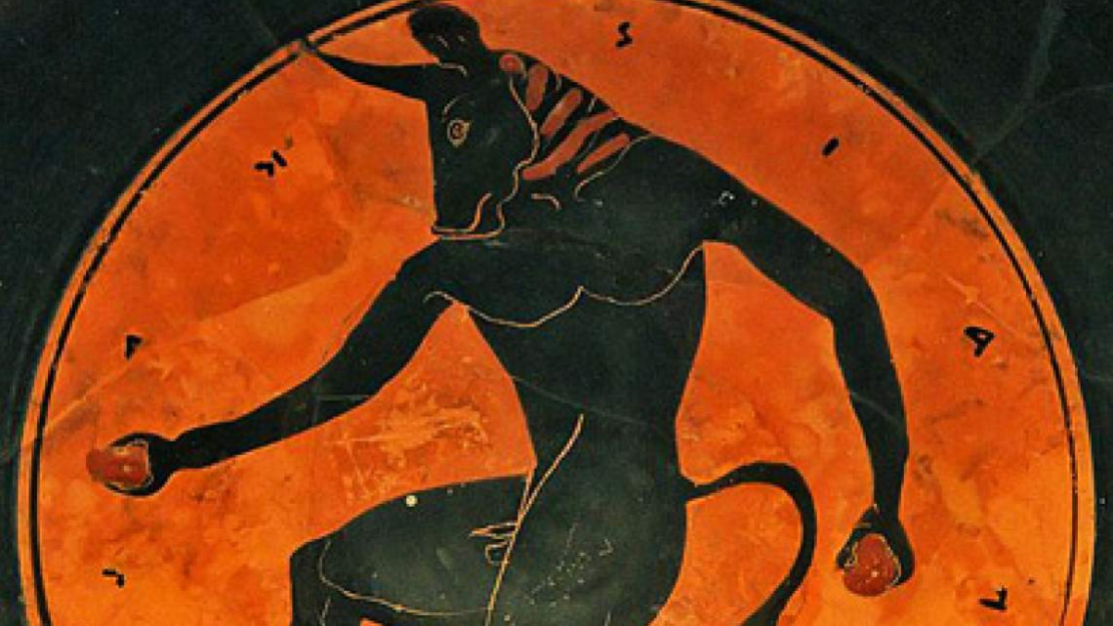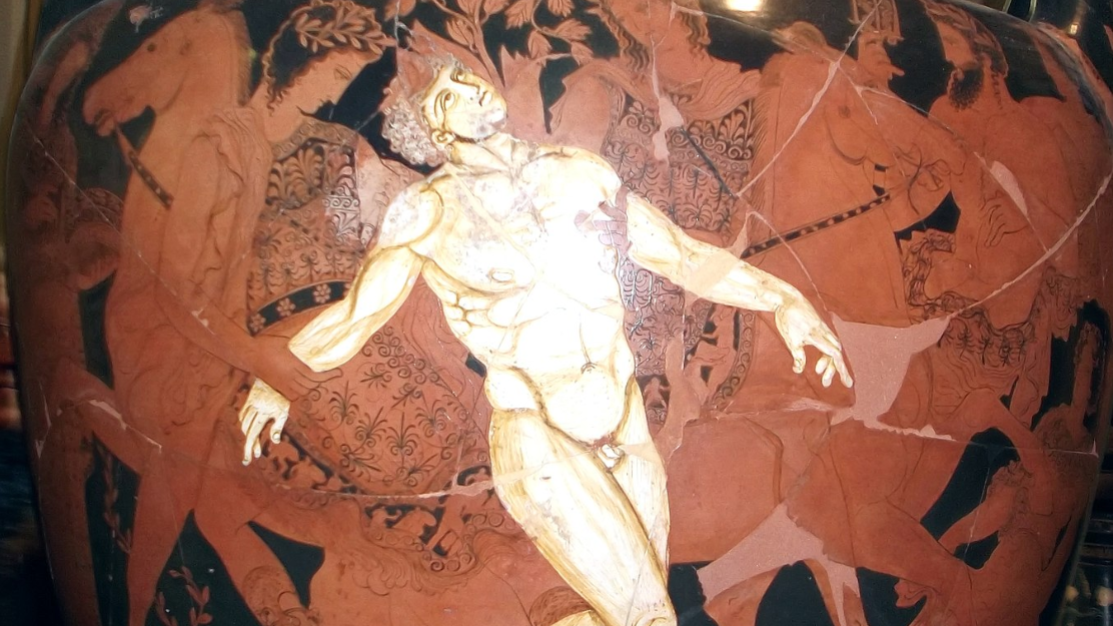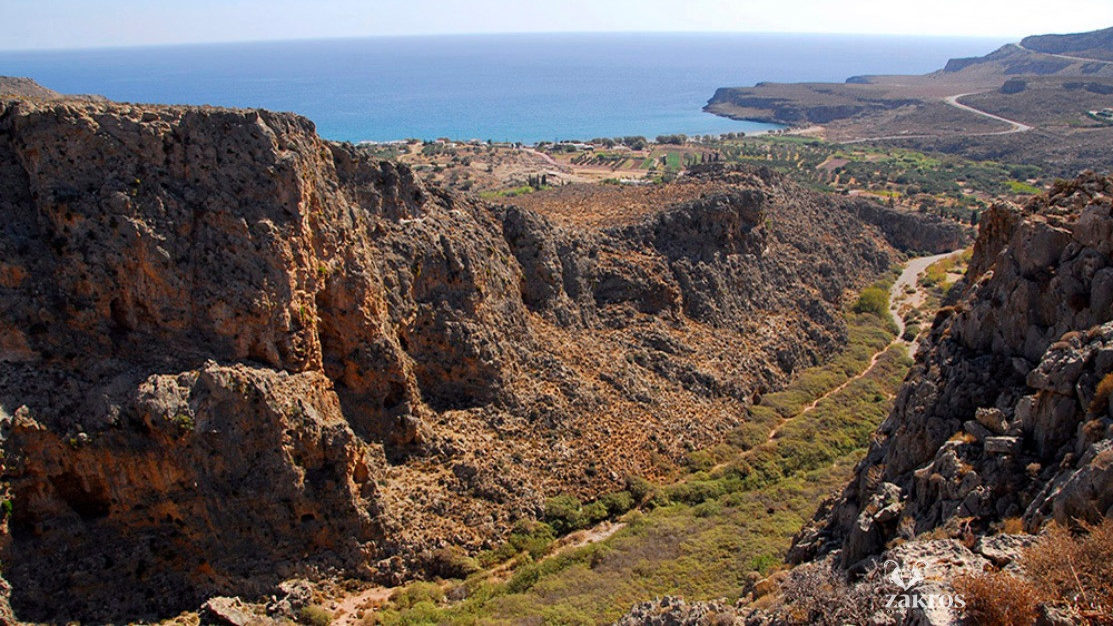From the sports games of Athens, to the Labyrinth of Knossos and the fear - instilling Minotaur. A tale of love, tragedy and intelligence!
Minos and Queen Pasiphae had a son called Androgeos. Androgeos was a capable athlete and, taking part in the “Panathenean Games” in Athens, he defeated all his competitors. The Athenian King Aegeas, seeing the power of the young future king of Crete and the good relationship he had developed with his Athenian competitors as a threat, sent him against a wild beast, the Marathon Boar, and Androgeos was killed. When Minos found out that the Athenians, instead of honoring his child, had murdered him, he besieged Athens with his fleet, until the inhabitants began to starve to death. Eventually, the Athenians agreed to a truce with King Minos, but at a very hard price…
Every year, seven young men and seven young women, from the best of Athens, would travel to Crete to become food for the beast hiding in the bowels of Knossos, the terrifying Minotaur. The Minotaur was a monster with a human body and a bull's head and tail. It was the fruit of the union of Queen Pasiphae and the Sacred Bull of Poseidon. In order not to see it, Minos had locked it up in the Labyrinth, a dark complex building with intricately made corridors, built by Master Daedalus. Even Daedalus himself, once he had completed it, could barely find his way out.
Upon the third year of this gloomy sacrifice, Theseus himself, the son of King Aegeas, who was known for his bravery and deeds, decided to go to Crete, along with the rest of the young people, in order to put an end to the suffering of so many families mourning the loss of their children.
He told his father that, if he won, his ship would return with white sails, but, if he died, it would return carrying the same black sails from when it set on its voyage from Athens.
When they arrived in Crete, Theseus met Minos's daughter, princess Ariadne, and fell in love with her. Ariadne also fell in love with Theseus, and decided to help him. She asked Daedalus for help, and he gave her a solution. Ariadne, along with a sword, offered Theseus a skein of thread (mitos) for him to tie one end of the thread to the entrance and then, unrolling it, to leave traces, so that he could find the way back and out of the labyrinth.
Indeed, Theseus managed to kill the Minotaur and get out of the labyrinth, together with the rest of the young men and women. He took Ariadne with him and left Crete. However, in Naxos, where the happy young couple and the fellowship stopped to rest from the journey, the god Dionysus saw Ariadne, fell in love with her and kidnapped her. Theseus was so saddened, that he forgot to change the sails of his ship to white, as he had promised his father. Aegeas, awaiting the arrival of his son in Sounio, saw the ship from afar, arriving with black sails, and, heartbroken, fell into the sea and drowned. The sea has since been called the Aegean Sea. Upon the death of Aegeas, Theseus became king of Athens, married Phaedra, Ariadne's sister, and reigned for many years...
Today, in Tsakonia of the Peloponnese, people still perform the “Tsakonikos” traditional dance, reenacting the route of Theseus in the Labyrinth. The dancers curl up and unwind and, at the end, two of them form an arch, holding a handkerchief for the rest to pass under. The coil of Tsakonikos looks like the labyrinth, with the first dancer – Theseus helping his companions find the way out by holding the thread - handkerchief given to him by the second dancer - Ariadne.








